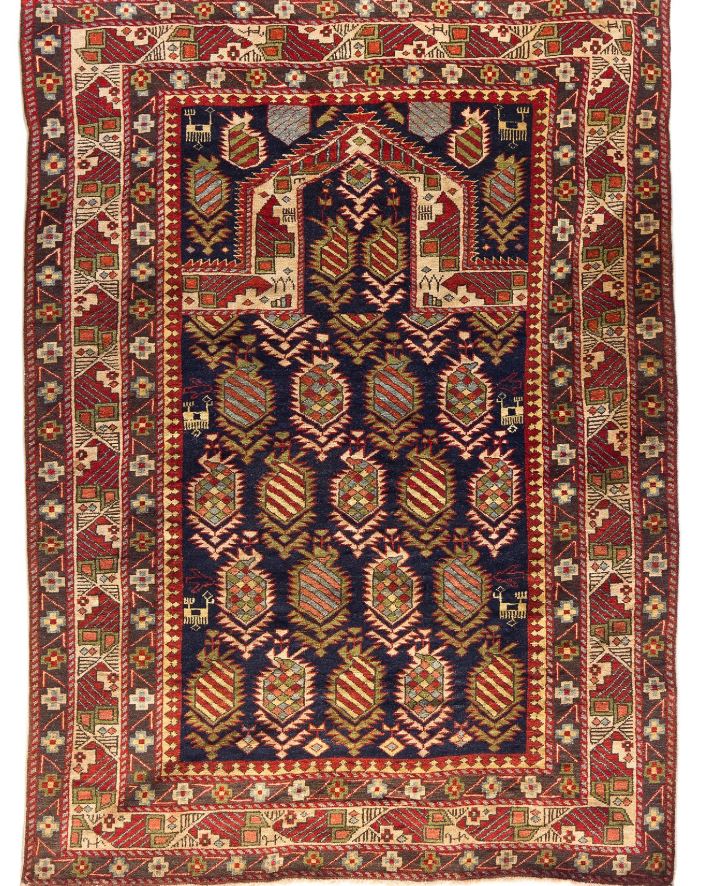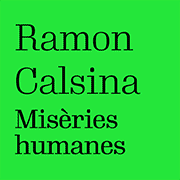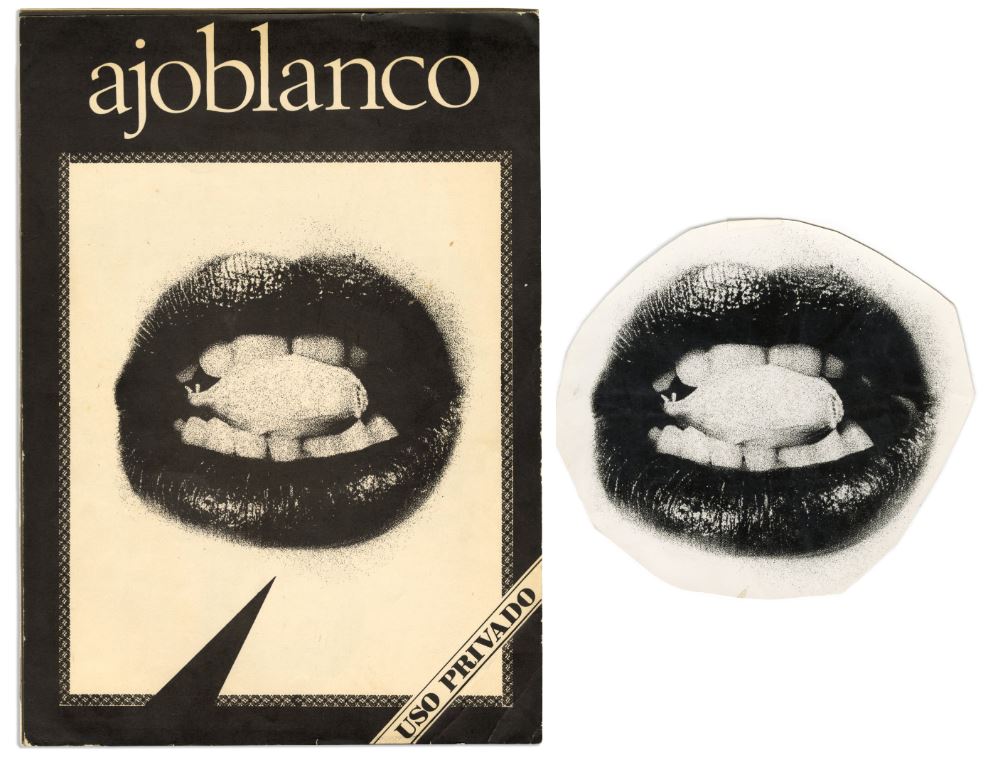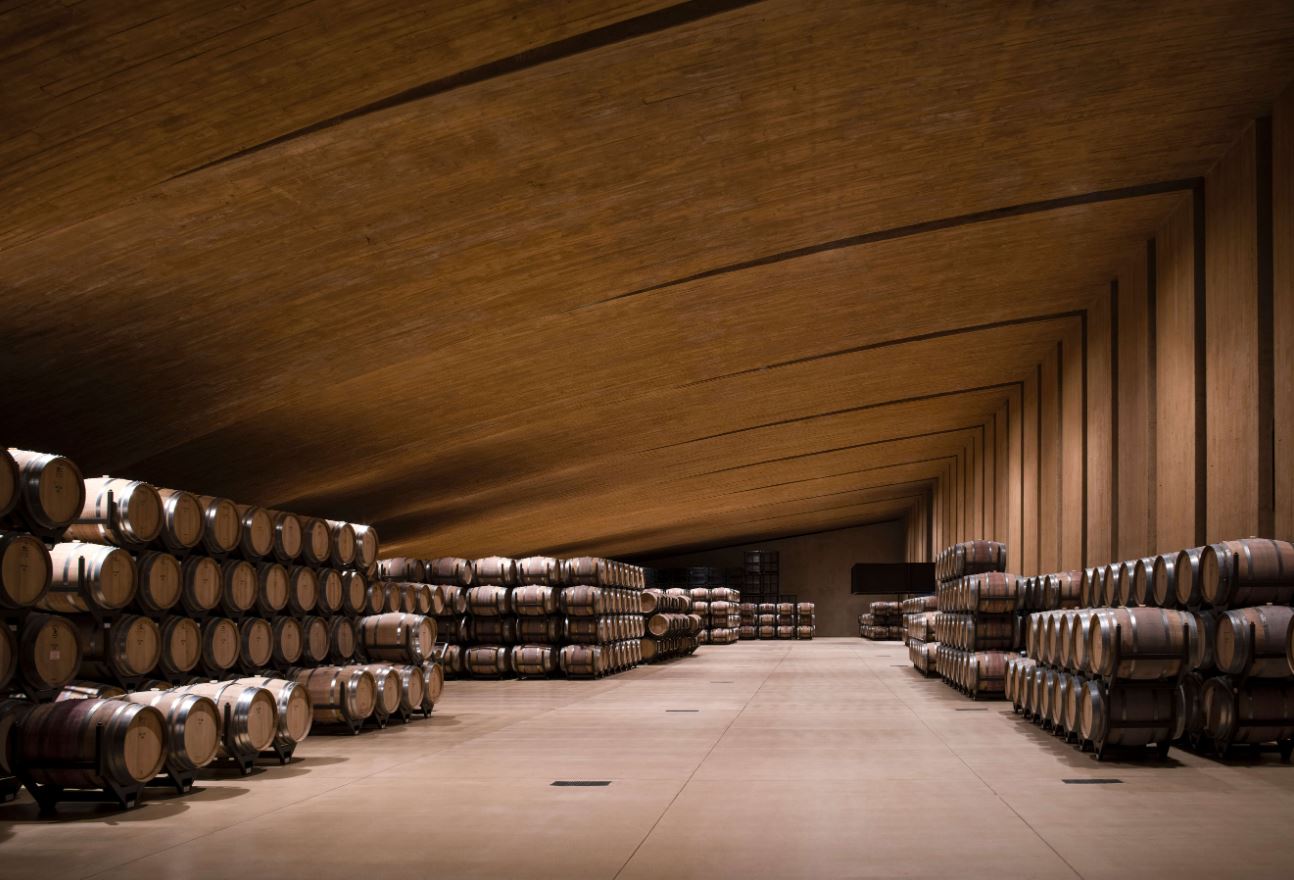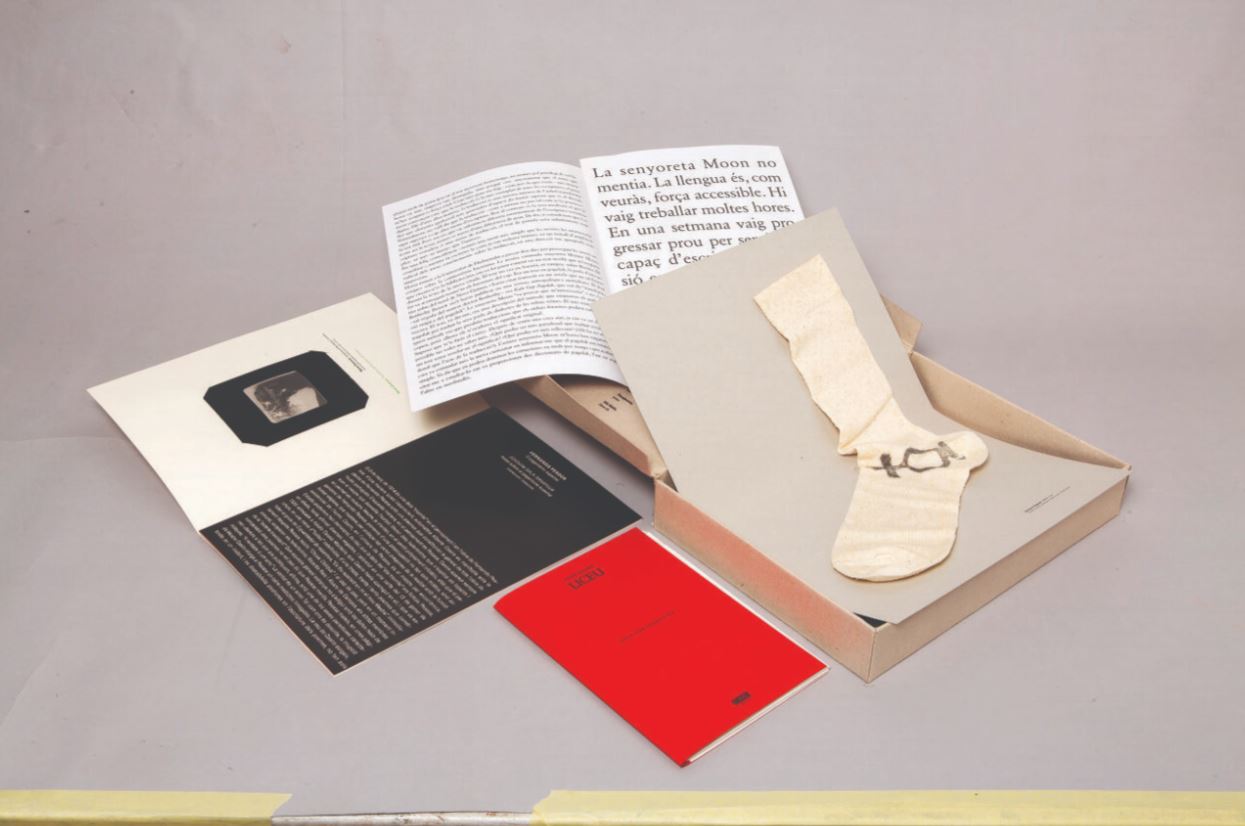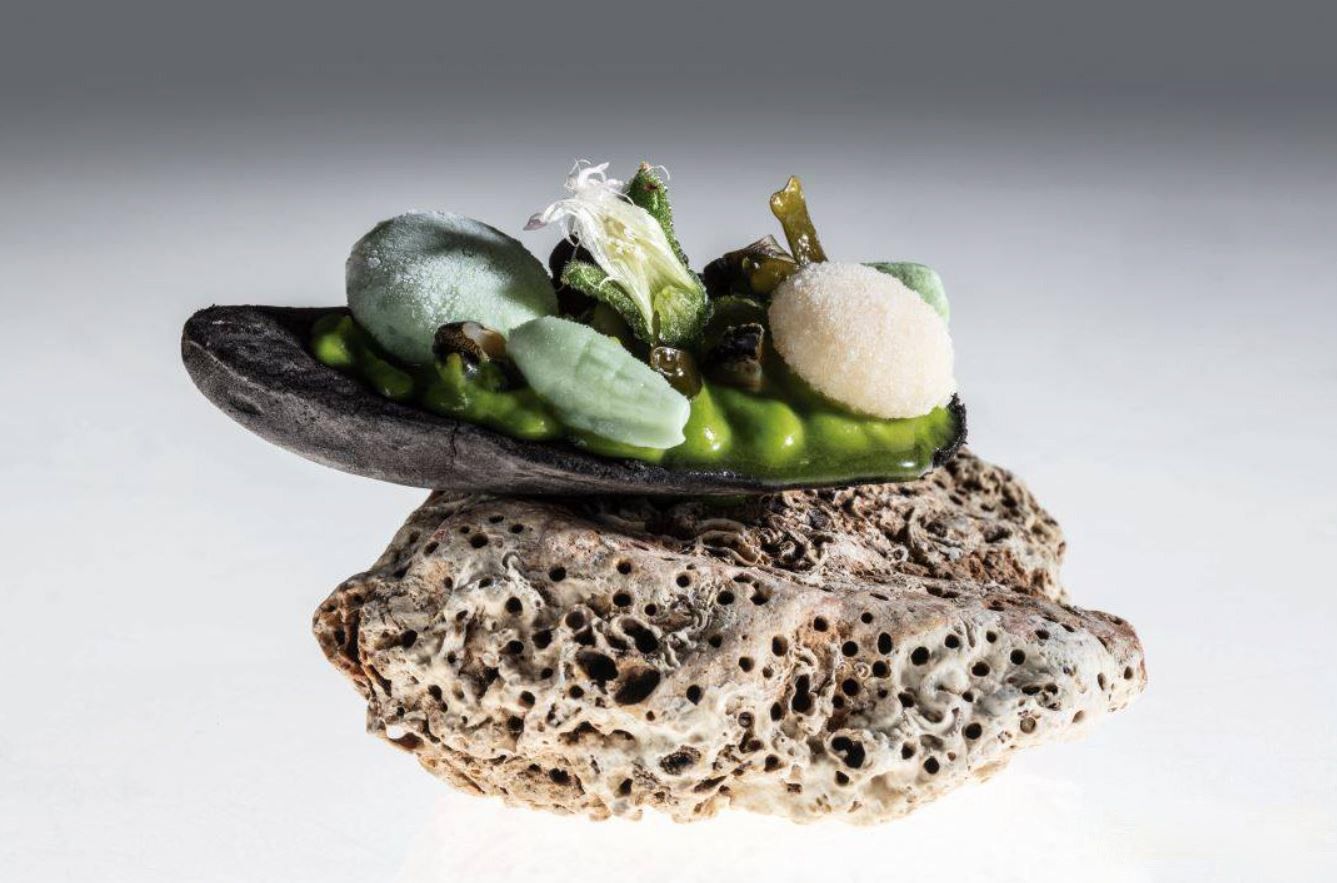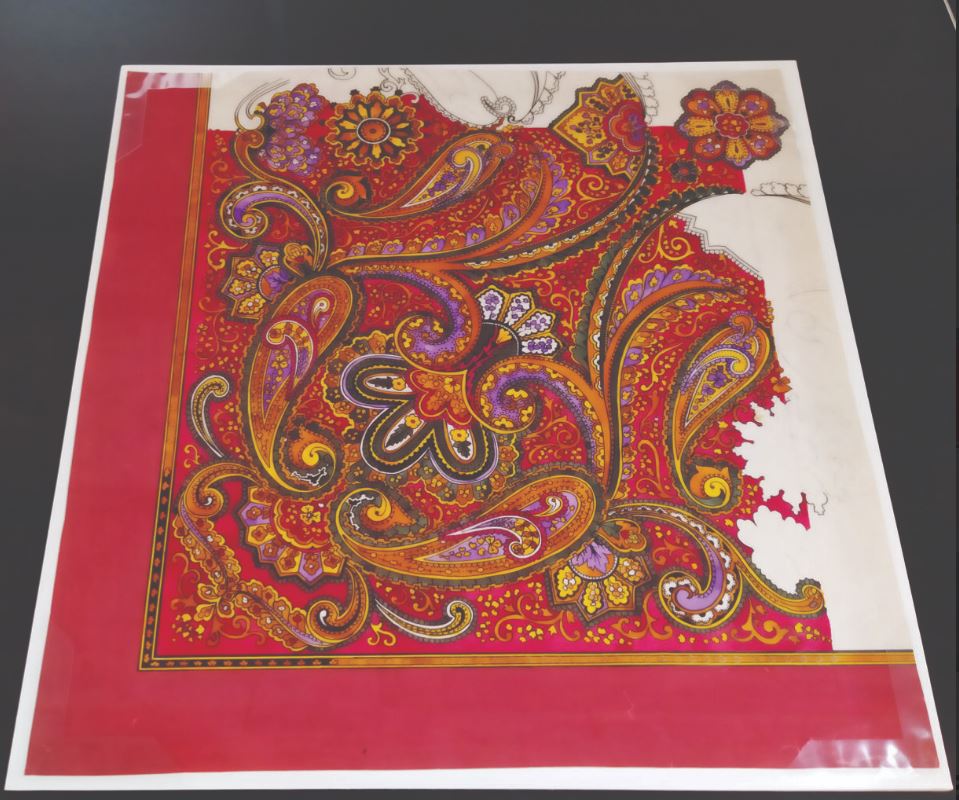
'Cashmere. The Persian Tear' is an exhibition produced by the Premià de Mar Museum of Printing, which draws on its own funds and those of other museums, design schools and individuals to show a successful motif in textile iconography. The versatility of the cashmere motif, shaped like a profusely decorated teardrop or drop, has led it to be very present in the textile repertoire of the last four hundred years. The origin of this design can be found in the Indian subcontinent, during the time of the Mughal Empire, in the 16th century, or in Iran, where images of stylized leaves are already found, also known as butah or boteh. The rich cashmere shawls produced in the East reach Europe and become a luxury item, rare and scarce.
Later, as a result of Napoleon's campaigns in Egypt, the emperor gave his wife Josephine more than sixty cashmere shawls, each worth the equivalent of a small house. Europe sought a way to manufacture this product and satisfy an ever-growing demand. The centers of textile creation, with the Scottish city of Paisley at the forefront, wanted to imitate the rich cashmere shawls by offering more affordable versions. Other centers, such as the Alsatian city of Mulhouse, already in the middle of the 19th century made printed versions, more accessible to the general public.
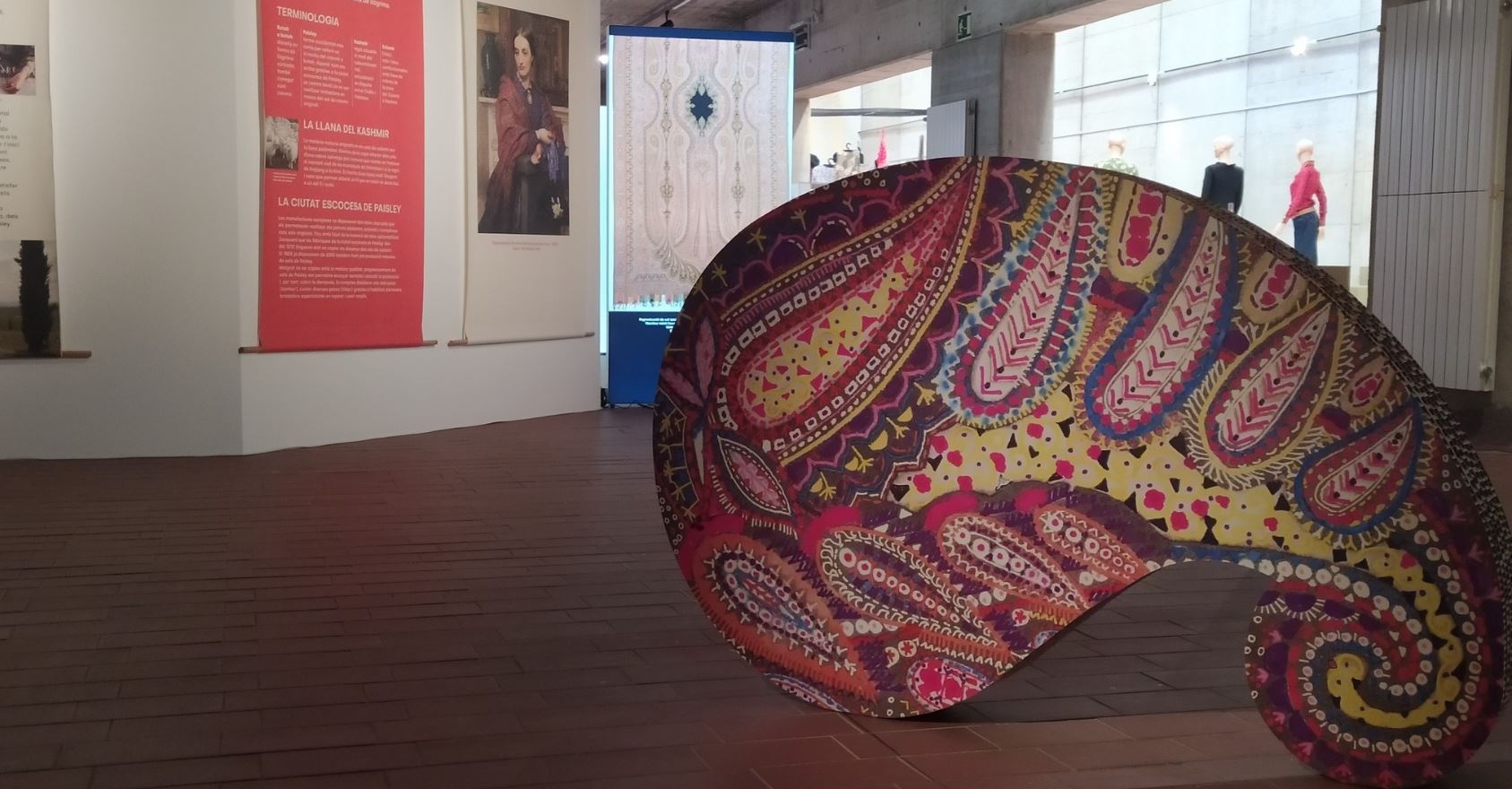
The cashmere shawl became popular and had a peak period in the Empire fashion and throughout the 19th century. Cashmere had a second moment of expansion in the hippie era, with the boteh leaf as the central motif, with vibrant, colorful colors and a psychedelic aesthetic. In the 20th century, the bandana was also recovered, a monochrome scarf printed with cashmere leaves, which enhanced the image of rock music stars. The exhibition brings together pieces from the companies Ponsa, La España Industrial, Estampats Farreró and other own collections, as well as pieces from the Museu d'Arenys, the Museu Tèxtil de Terrassa and the company Turkestan.
The exhibition, which can be visited until the end of April, ends with two current notes: it shows a previously unpublished creation by Sylvia Calvo, an artist who creates sustainable fashion, and the creations of students from the Illa Design School around cashmere. Today, the cashmere motif is very present in both women's and men's clothing and is a classic that has overcome the passage of time due to its versatility.
